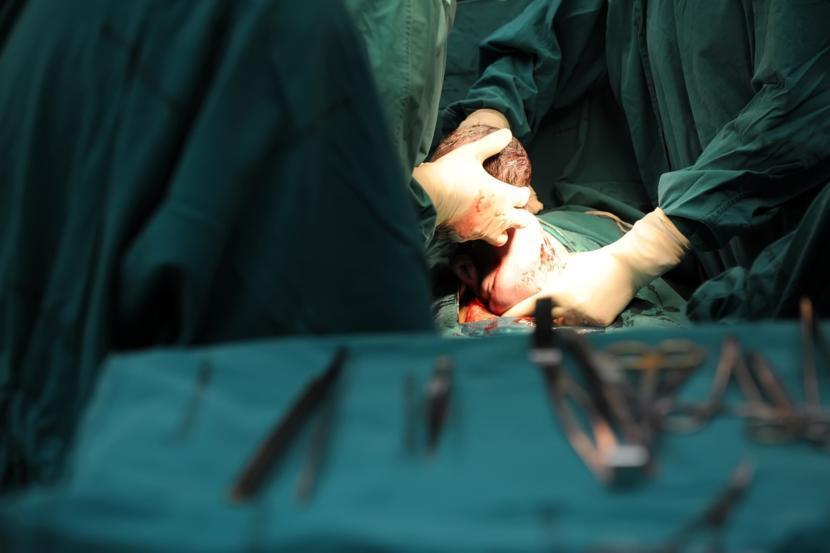Repeat C-sections Are Not as Risky as Natural Birth

According to a new study conducted by researchers from Australia, repeat cesarean sections are safer than natural vaginal birth. Both delivery methods were not associated with death or any serious health issues. But women who had cesarean sections had less serious bleeding complications, when compared to women who had VBAC. The risk of death or any serious health problems around the time of birth was half in babies born to mothers who had repeat C-sections when compared to babies born to mothers who had natural delivery.
In the United States, one out of three babies is born by cesarean section and the rate of vaginal deliveries in women who had a C-section earlier is declining considerably. Many doctors also prefer repeat C-sections and insurance companies refuse to pay for VBAC.
According to Catherine Y. Spong, MD, of the National Institute of Child Health and Human Development, “this may not be as simple as it seems." Repeat c-sections are associated with its own set of complications and risks which increases with each pregnancy. The outcome of this study shows that the first caesarean section should be prevented whenever possible. Spong feels “the safest delivery method for anybody is an uncomplicated vaginal delivery. But it is difficult to say which patient will have uncomplicated deliveries."
In this study 2,345 pregnant women who had one previous C-section delivery were recruited. Out of this 1,108 were scheduled to have repeat surgeries; while the remaining 1,237 participants were scheduled to have VBAC deliveries. But out of the total, less than 43% had vaginal deliveries. The remaining had C-sections or emergency surgical deliveries because of complications. No infant deaths were reported for, among the babies born to women who delivered through repeat surgeries.
The VBAC group had a slightly higher rate of fetal death or serious health issues before discharge. The rate was 2.4% in the VBAC group when compared to 0.9% in the group who had repeat C-sections. The researchers reported that the risk for both groups was quite small; but the repeat C-sections group had significantly lower risk for the mother and baby.
In a similar study conducted in the UK, repeat C-section was found to be associated with increased risk of uterine rupture. Uterine rupture is a rare but serious complication associated with pregnancy. The risk of this condition was found to be higher in women who had two or more previous C-sections, and also among those who had repeat C-sections less than a year after the last surgery. In this study, 159 uterine rupture cases were studied; out of which 139 were found to be among those women who had a C-section in the prior delivery.
Results of both studies are published in the journal PLoS Medicine. According to Ob-gyn professor F. Gary Cunningham, MD, a distinguished chair in obstetrics and gynecology at the University of Texas Southwestern Medical Center in Dallas, “all methods of child birth are associated with some form of the risk”. “In the mid-1990s one out of four deliveries were vaginal when compared to 1 out of 10 today," he adds.










